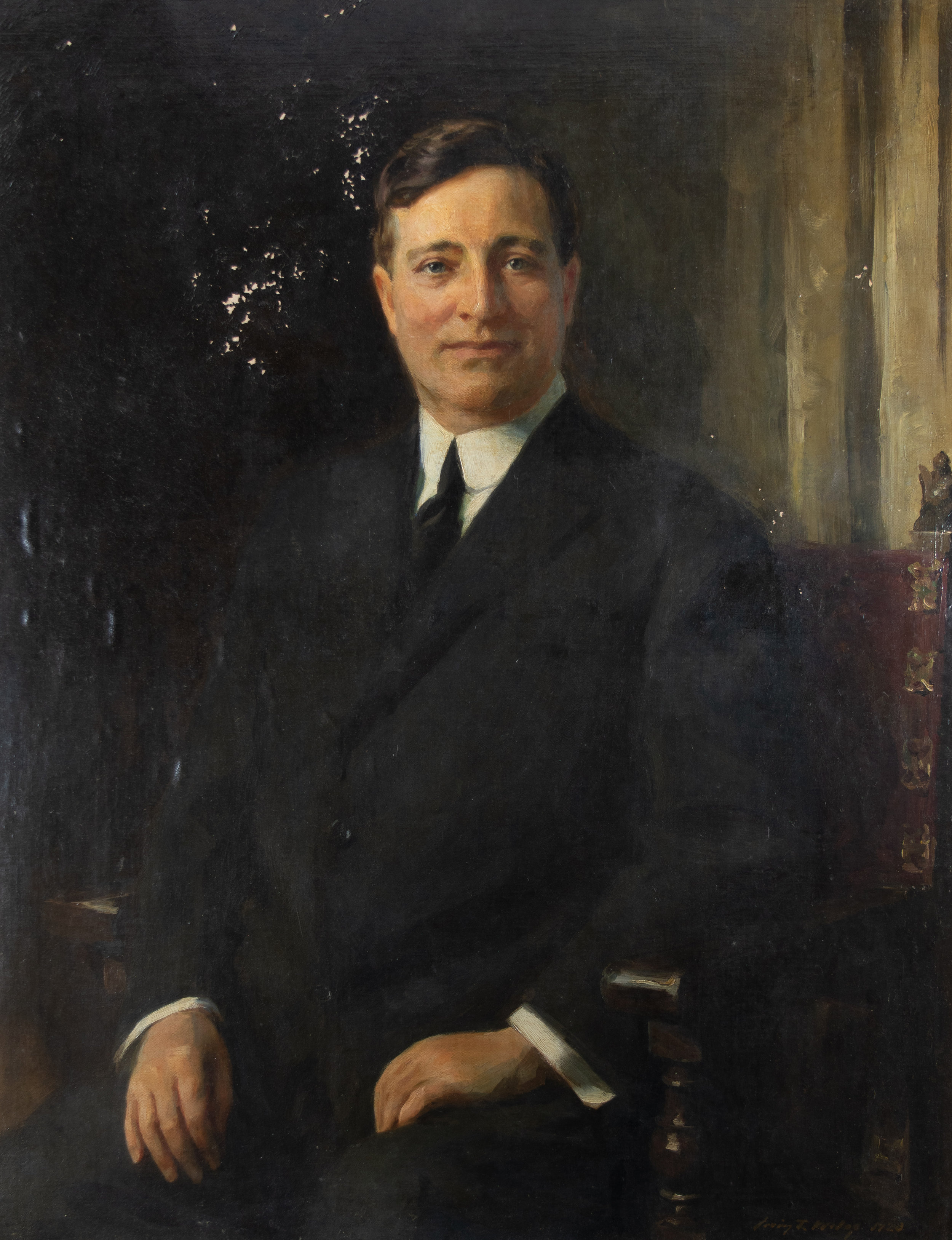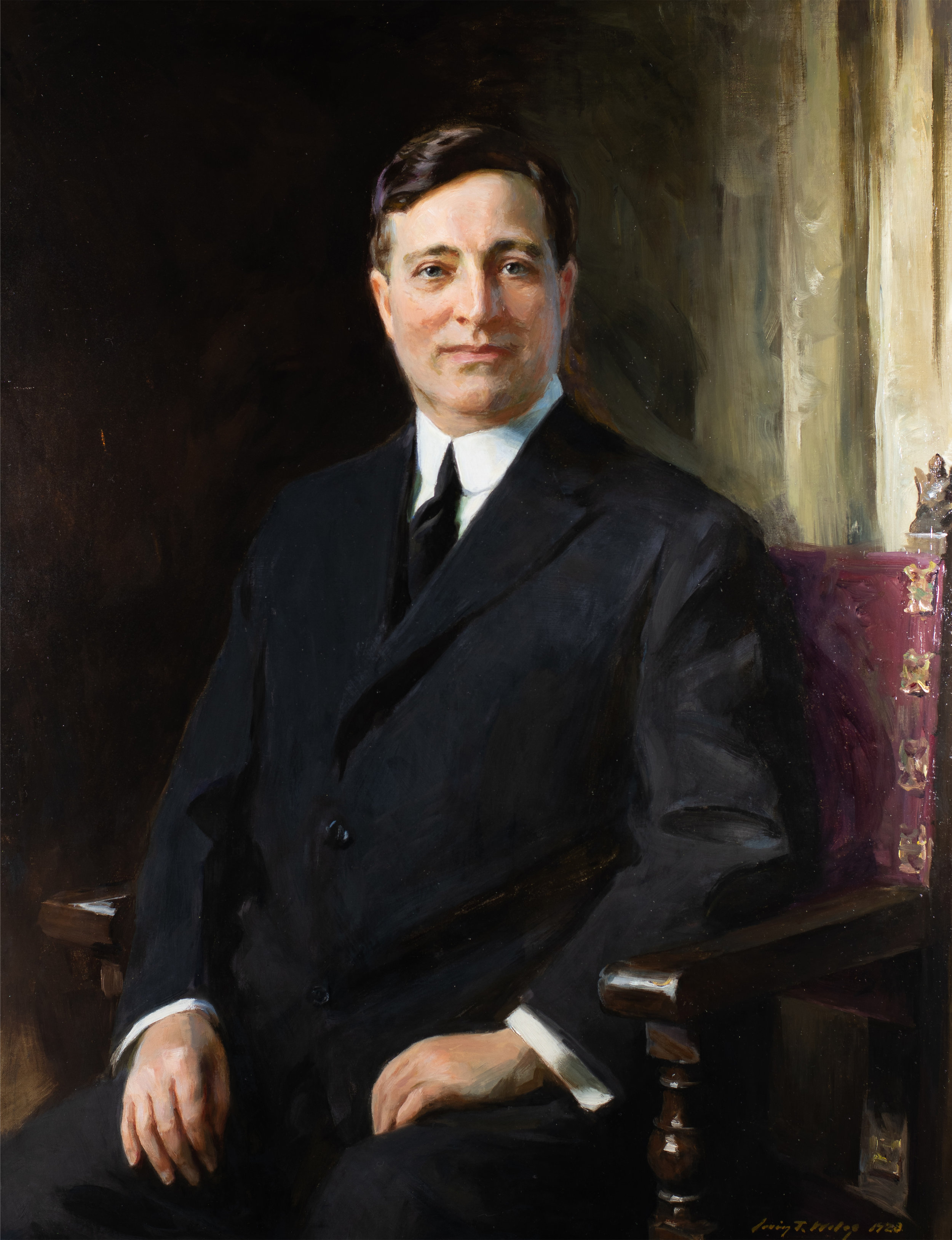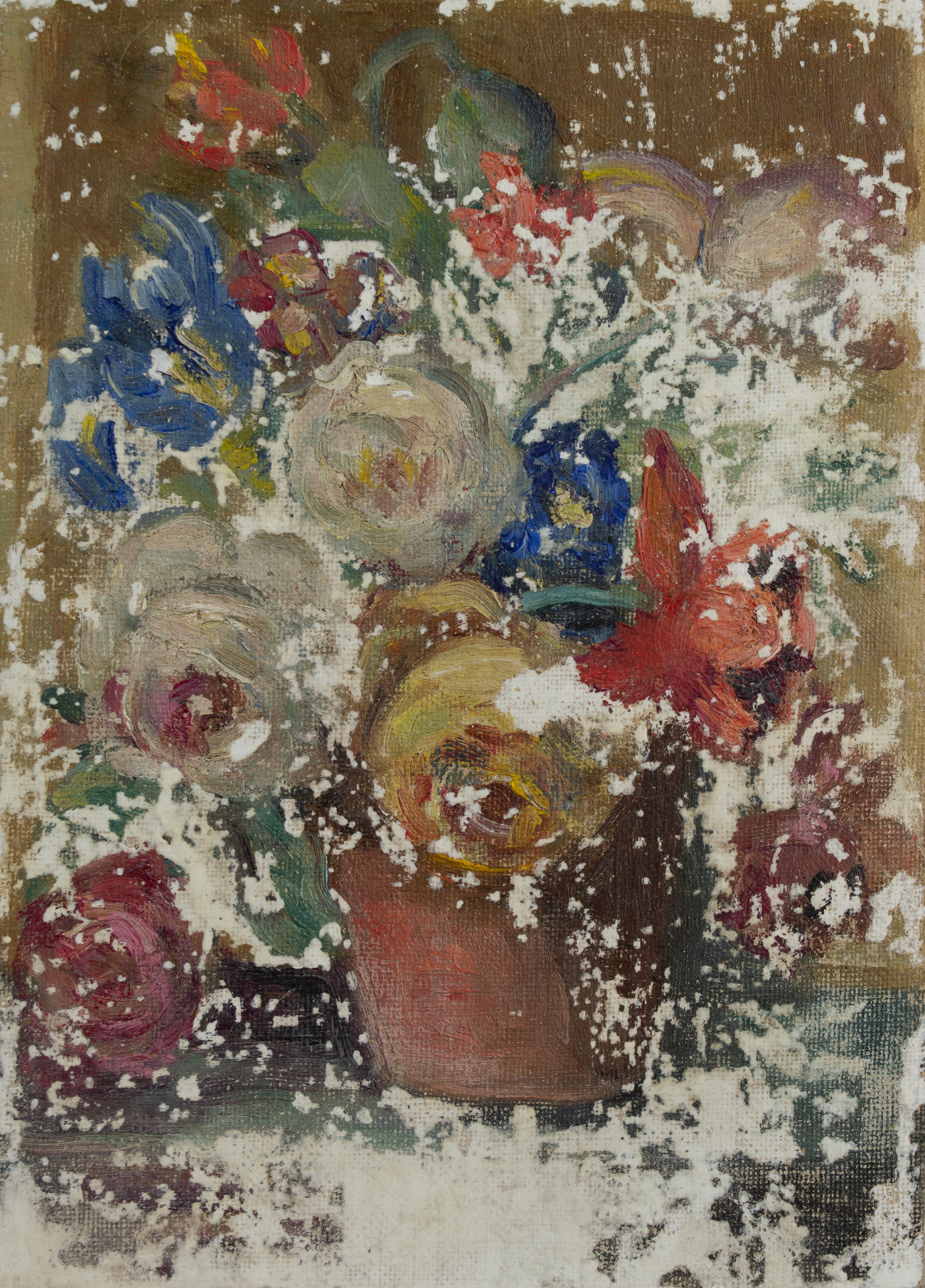Our Paintings Conservators have treated everything from Renaissance panel paintings and 18th century English pastoral paintings on canvas, to modern and contemporary works. Each of our Paintings Conservators has a Master of Arts or Science in the Conservation of Easel Paintings and an extensive background in applying the most up-to-date scientific techniques that are essential for conservation. Additionally, they regularly attend continuing education workshops that help them better implement modern painting and cleaning techniques. Regardless of age, condition, style or materials, our staff is experienced in museum-level treatments that adhere to the American Institute for Conservation of Historic and Artistic Works Code of Ethics and Guidelines for Practice.

Restoring an oil painting
Conservation of fine art, restoring historic painting, restoring fine art

Restoring an oil painting
Conservation of fine art, restoring historic painting, restoring fine art




The microscopic view of soot deposits on a fire damaged painting shows areas of potential damage not visible to the naked eye. Where prolonged heat exposure has caused a bubbling of the paint layer, there is a risk of secondary damage during cleaning.
Formerly on display at the Museum of Fine Arts, Boston this study of Francesco Curradi’s Narcissus Admiring His Reflection was a focal point in our studio recently.
In cases where there has been a partial loss to the paint layers, the loss is filled and retouched using reversible fills and retouching pigments. In order to keep the viewer’s eye from being drawn to the repaired areas of loss, the conservator uses a retouching technique referred to as mimetic retouching.




